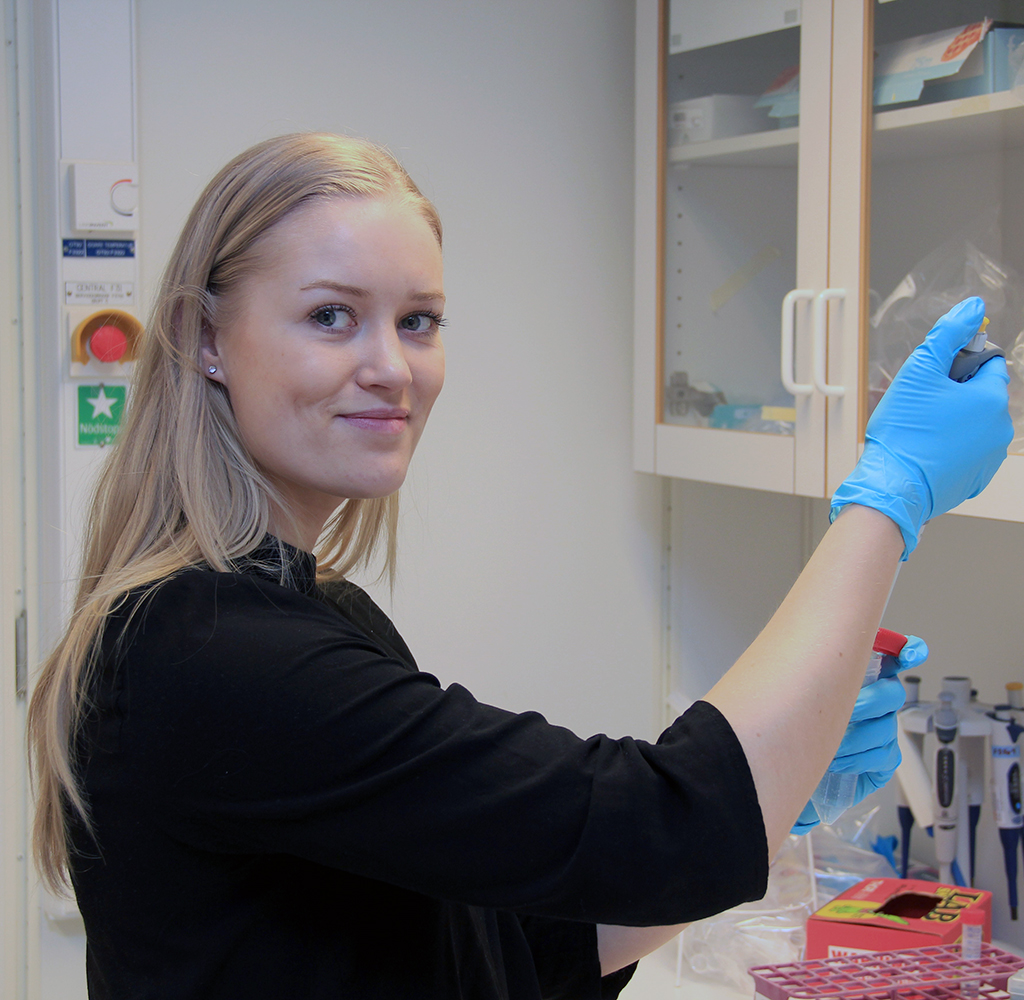AI method named one of 2019¿s most exciting discoveries in optics research
Optics & Photonics News has picked Saga Helgadottir’s work on deep learning for particle tracking as a top break-through of the year.
“This has been a really good year for me, research-wise. My publication, presenting a new AI method, garnered a lot of attention,” says Saga Helgadottir, PhD student at the Department of Physics.
 After the publication in mid-April, Saga Helgadottir was contacted by both national and international press to talk about her discoveries. She has also been invited to visit research groups abroad and was a speaker at the AI in Health and Health in AI conference held in Gothenburg in November.
After the publication in mid-April, Saga Helgadottir was contacted by both national and international press to talk about her discoveries. She has also been invited to visit research groups abroad and was a speaker at the AI in Health and Health in AI conference held in Gothenburg in November.